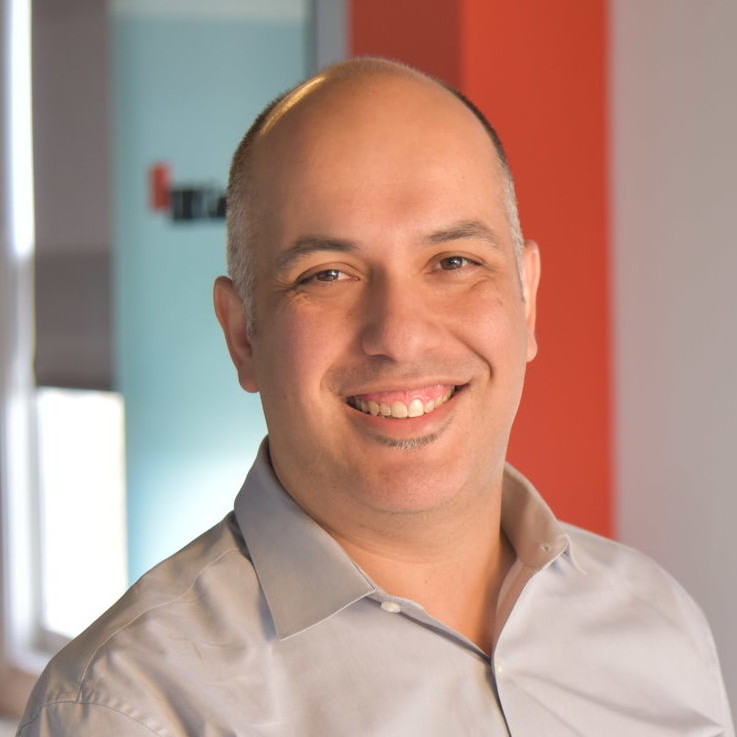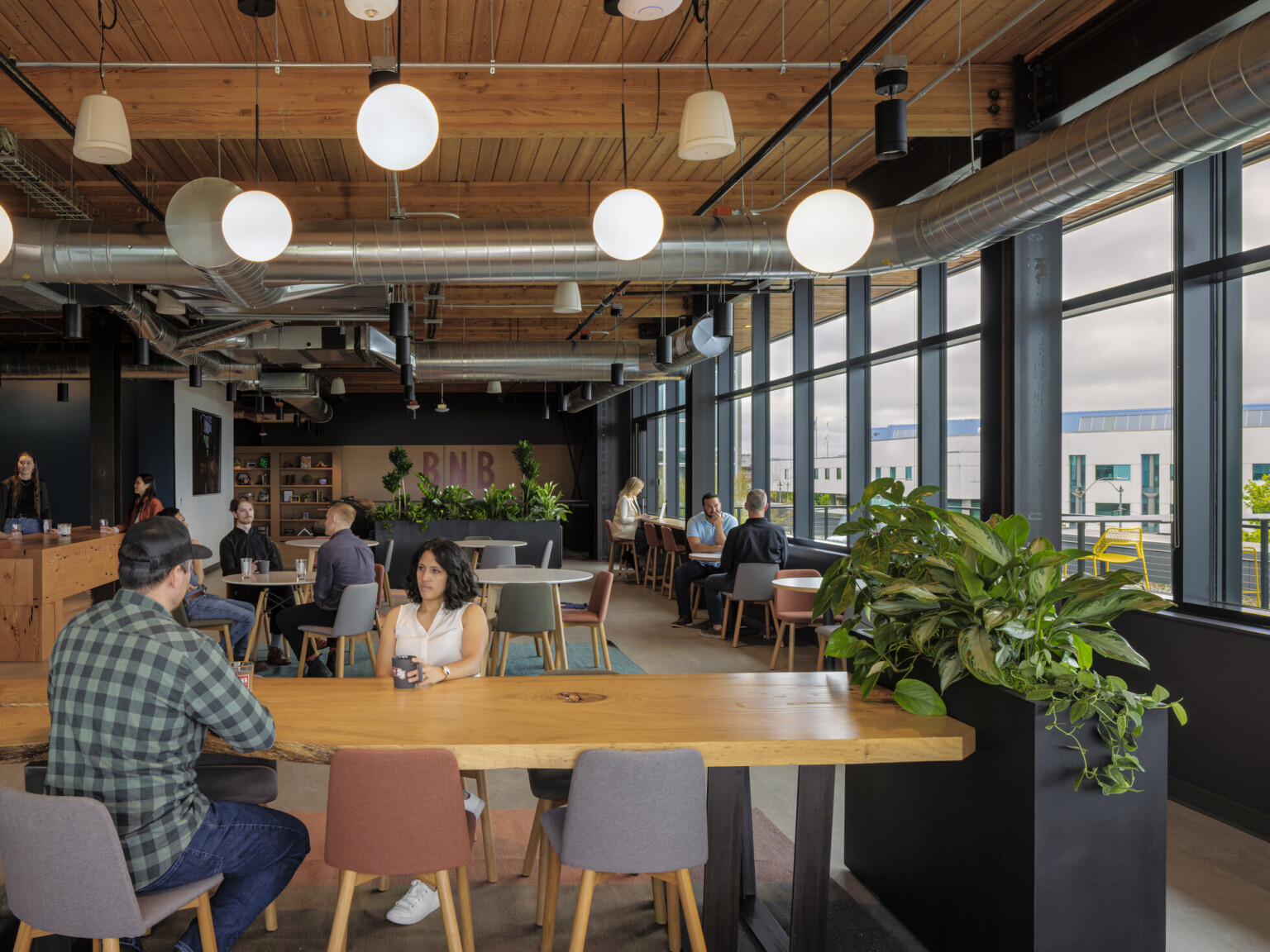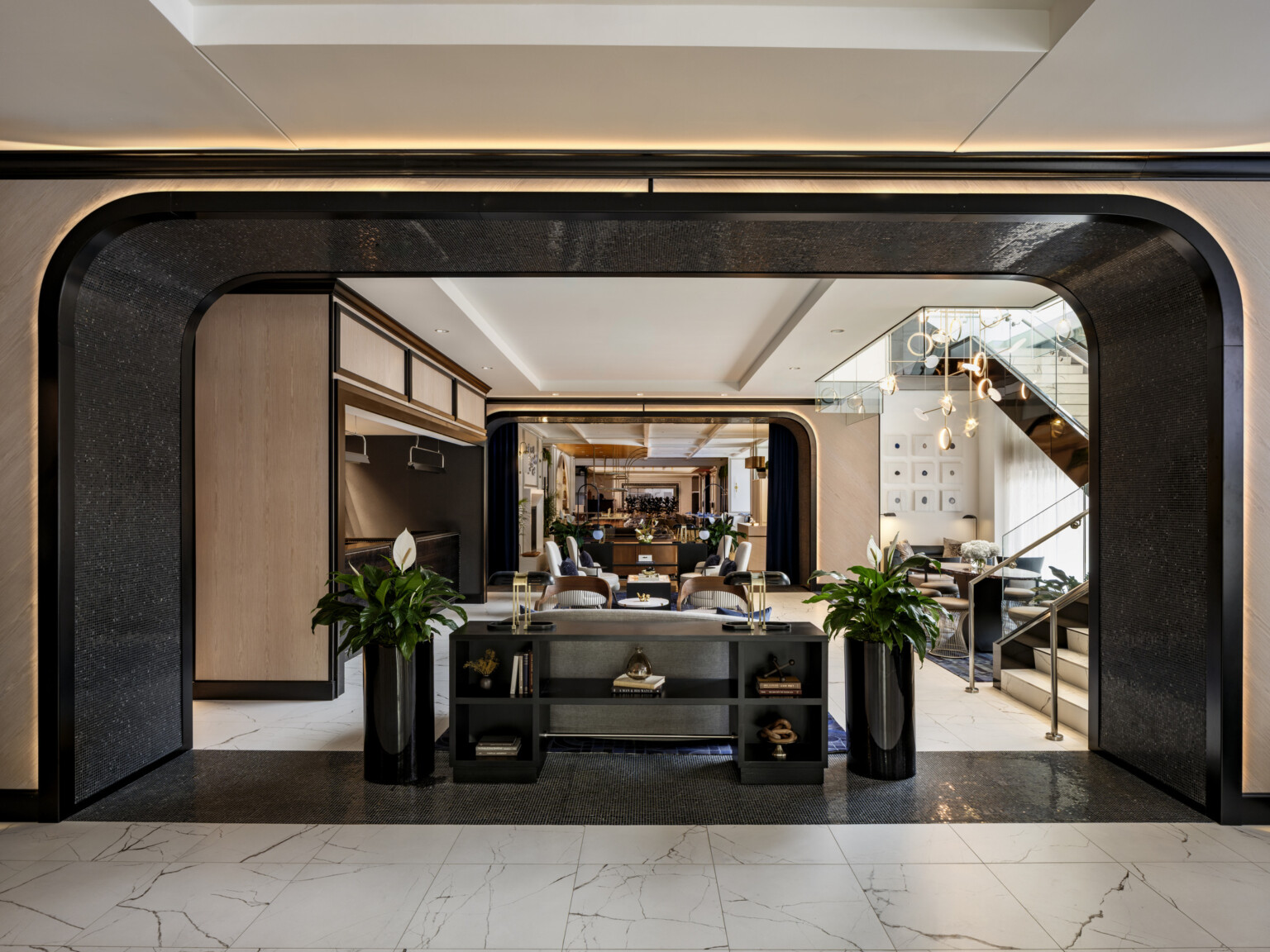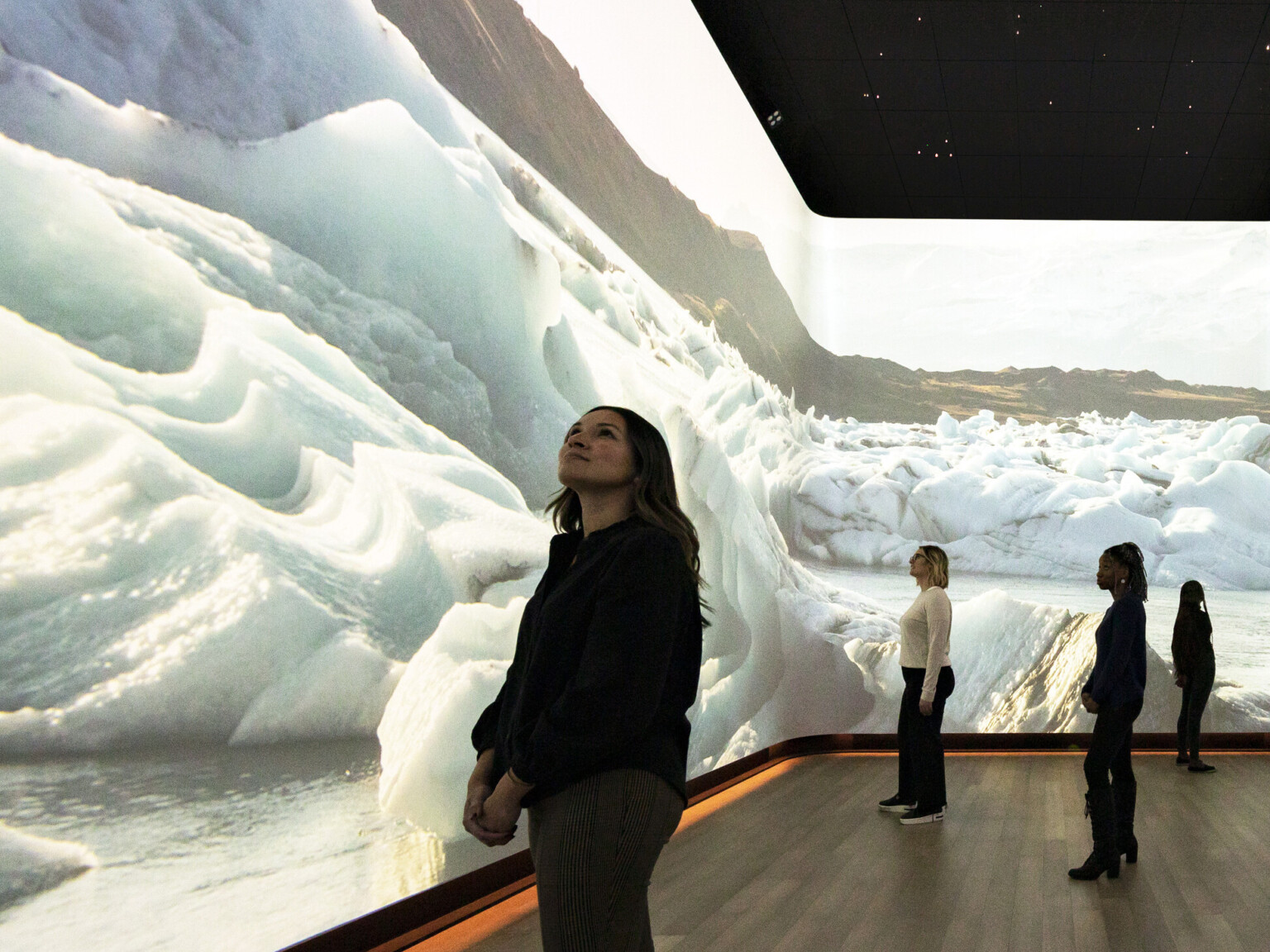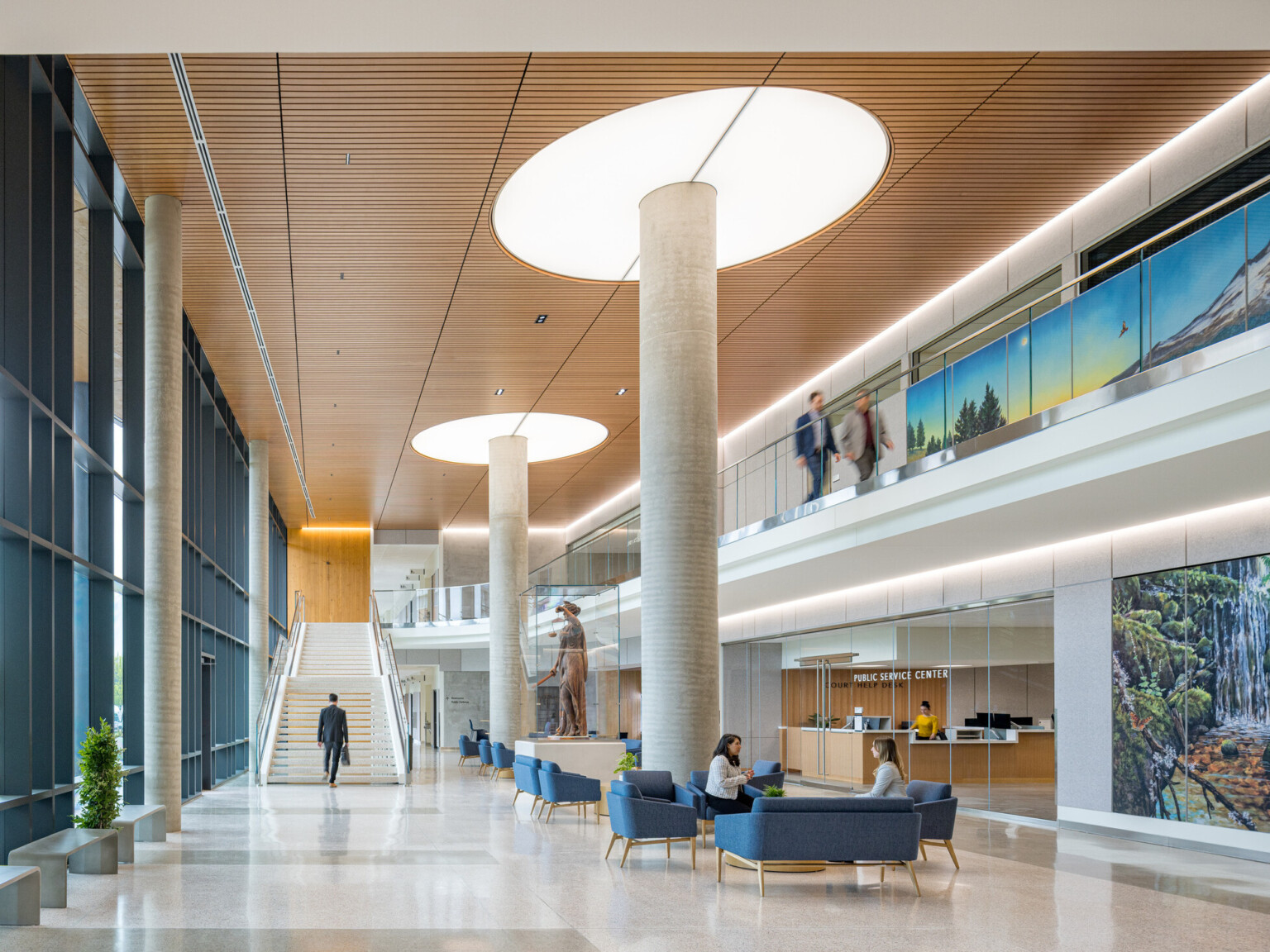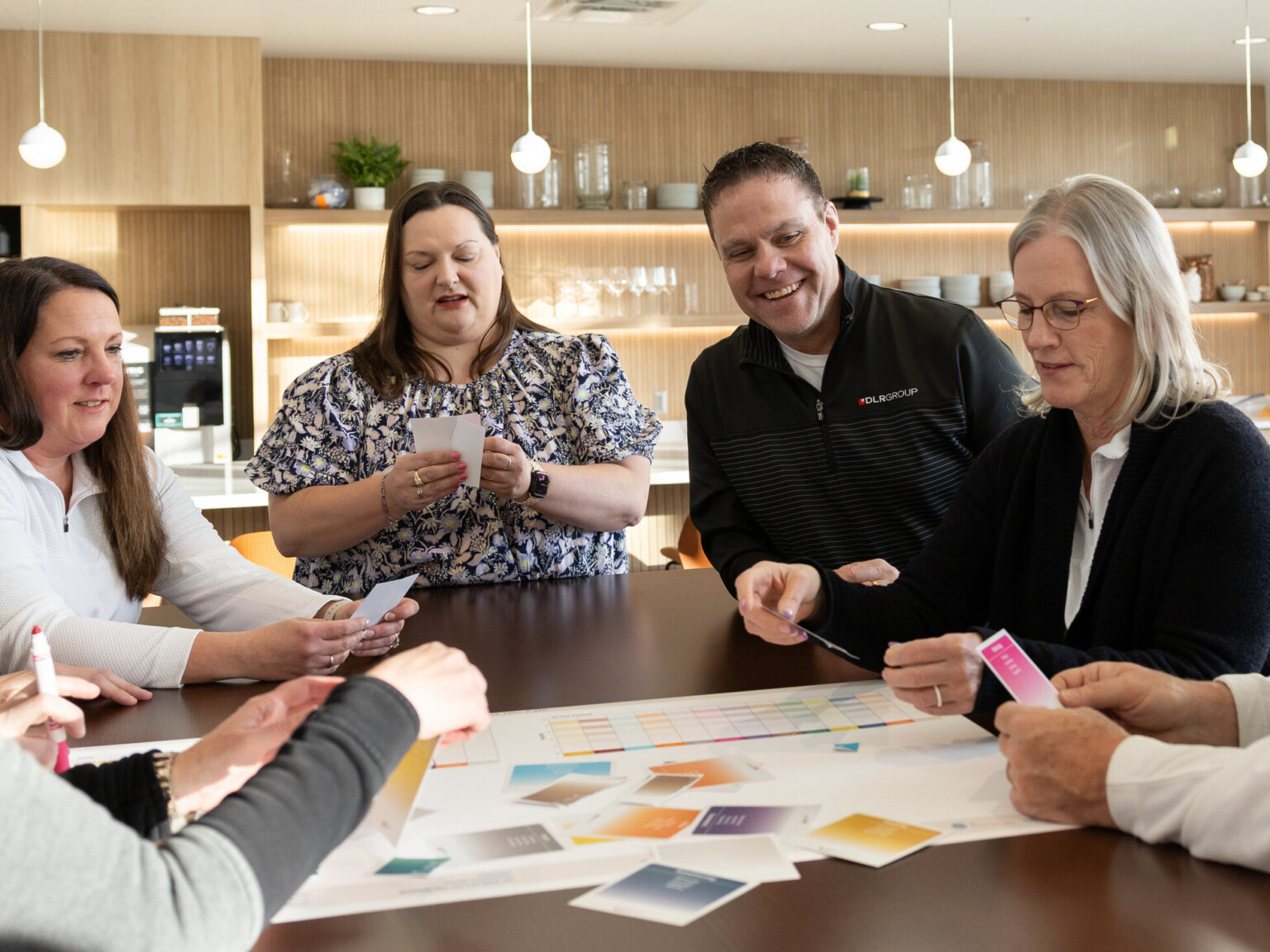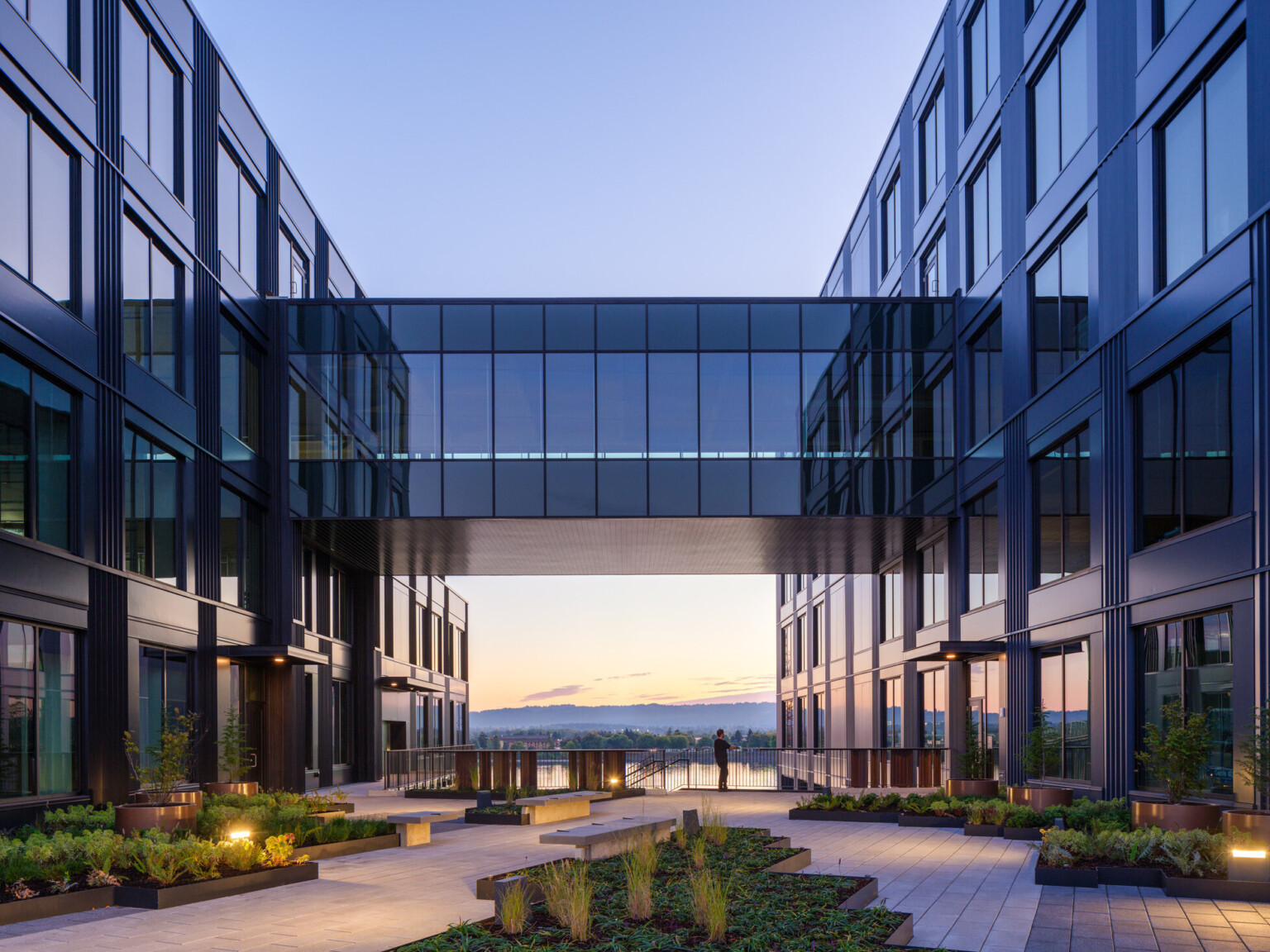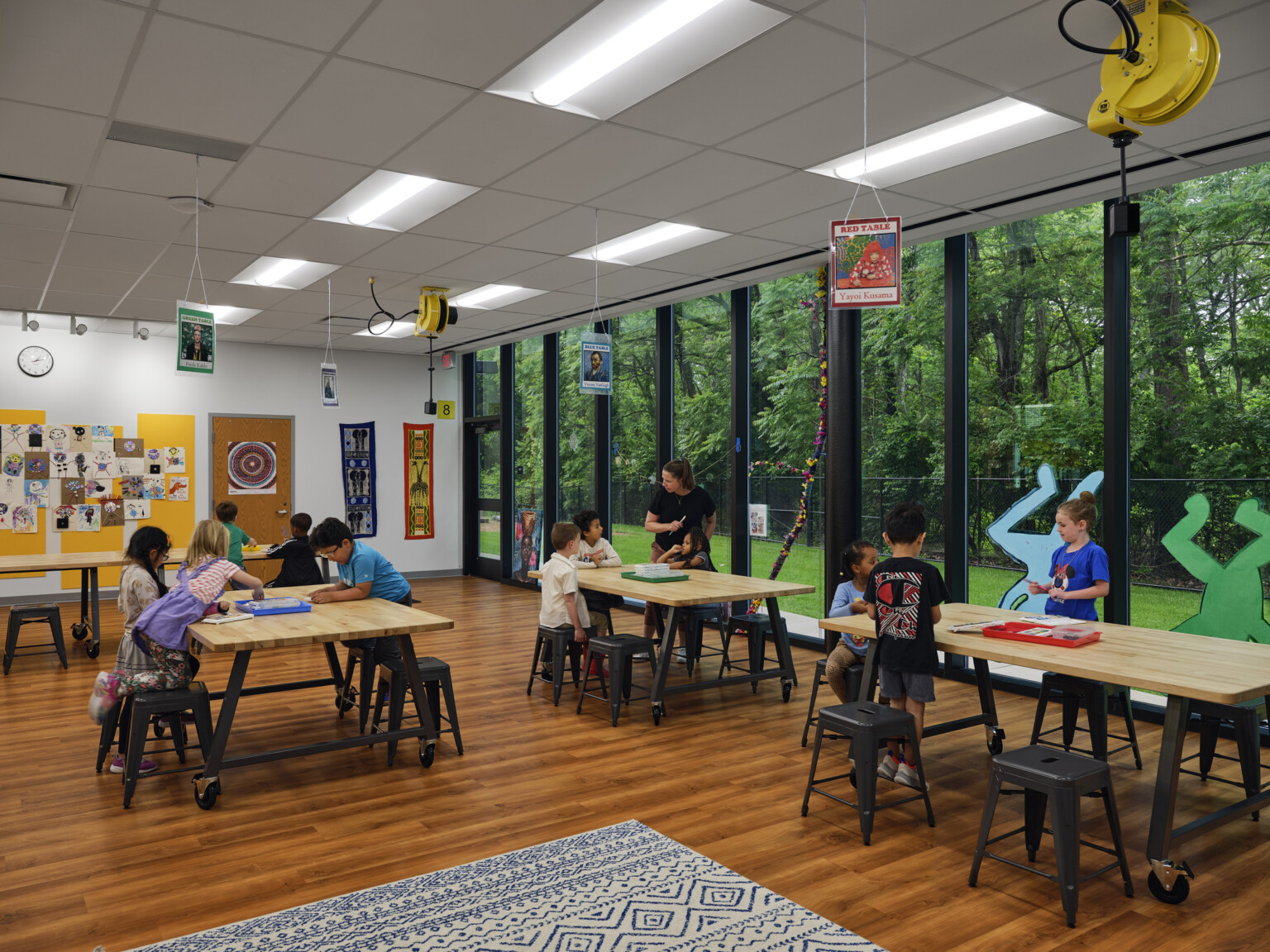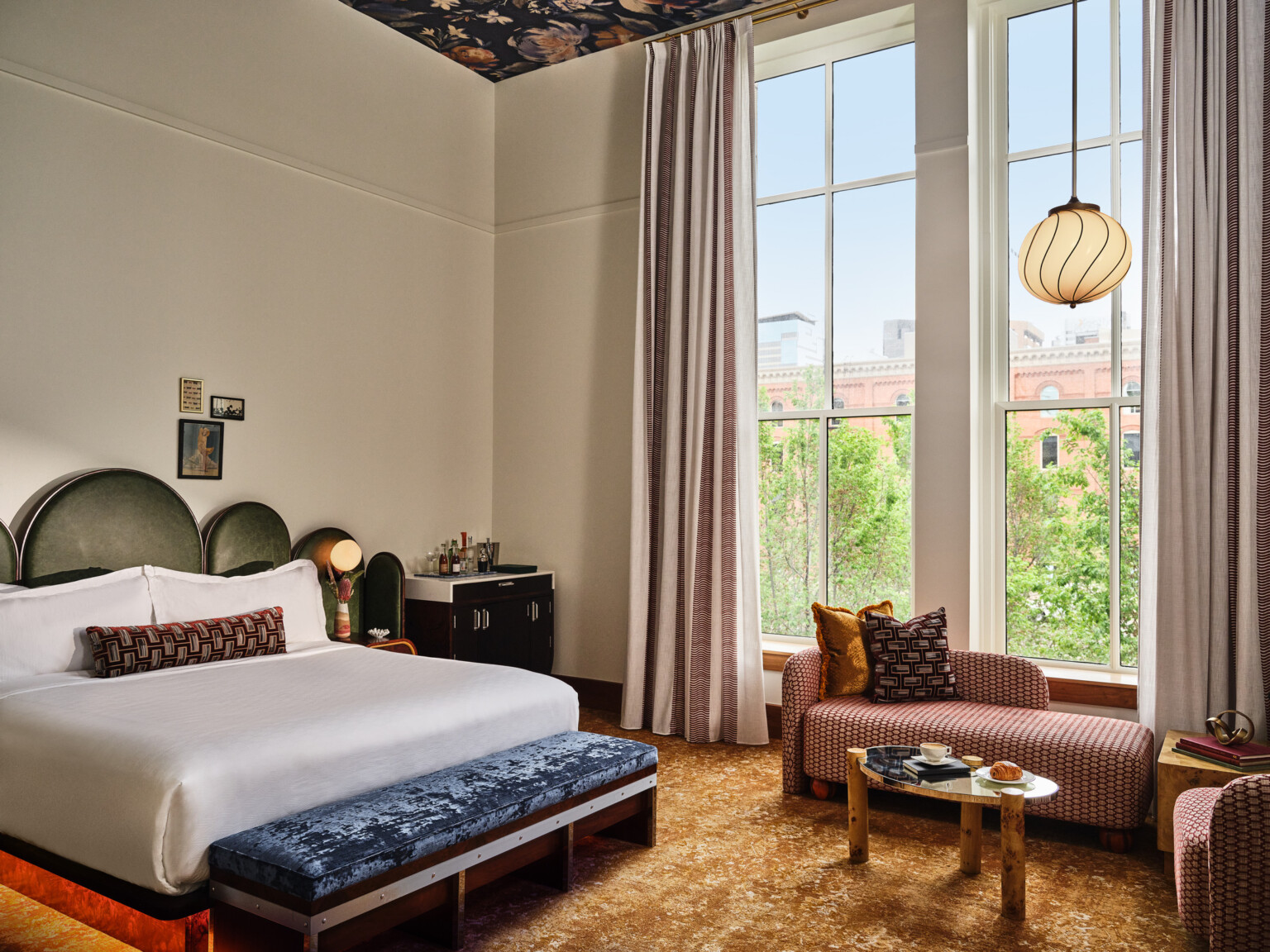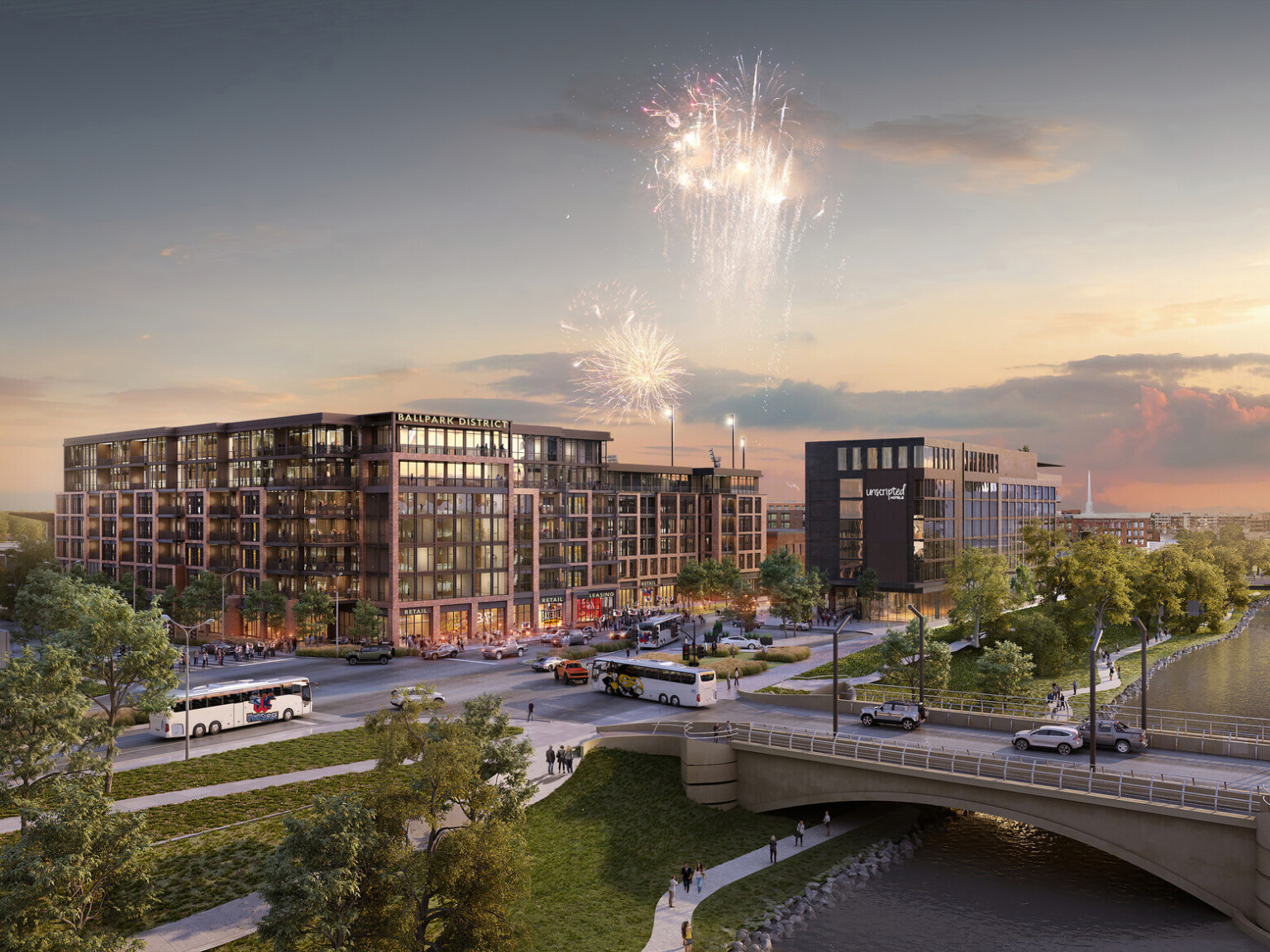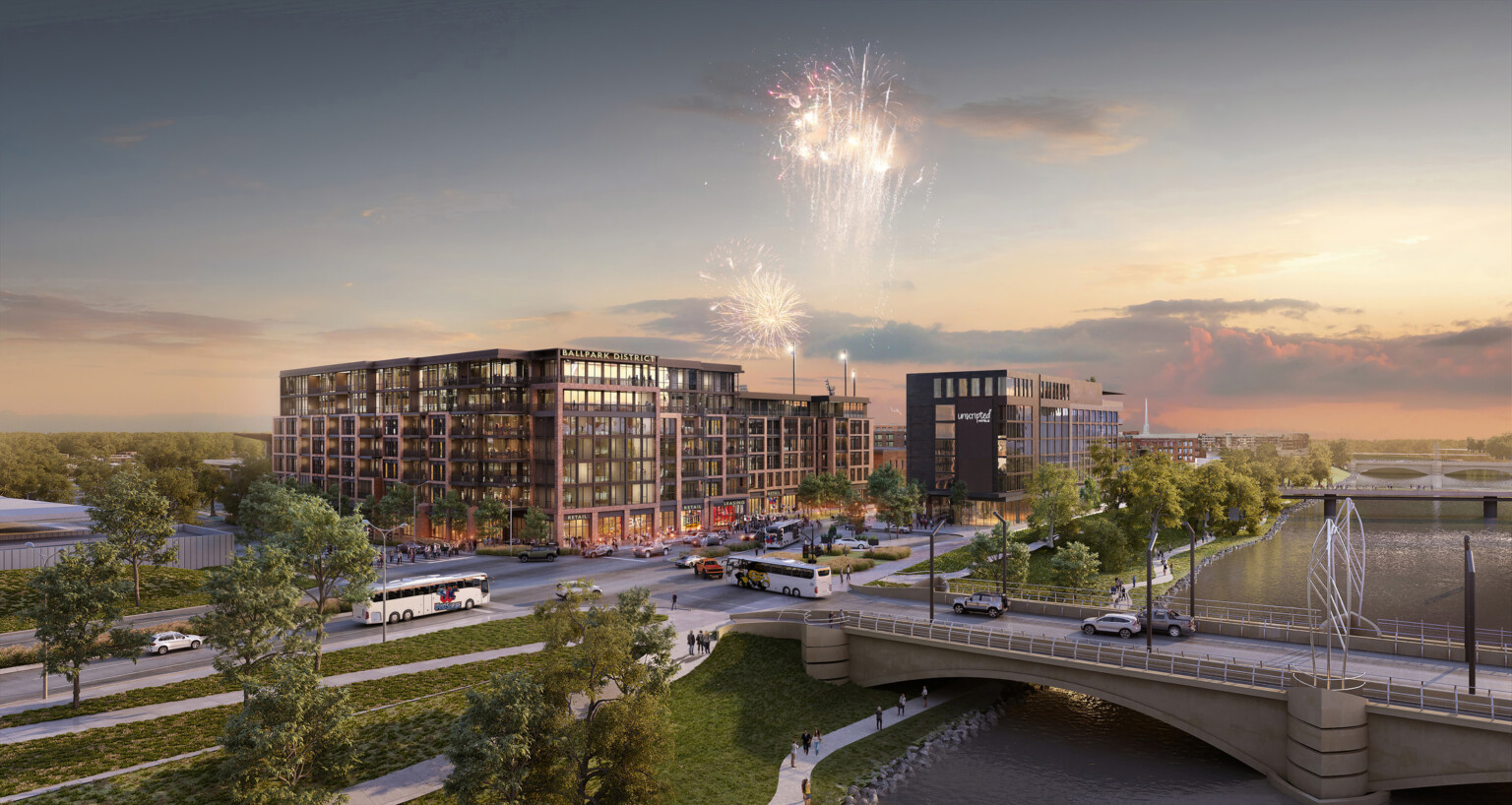
The Future of Fun: Designing Vibrant Entertainment Districts
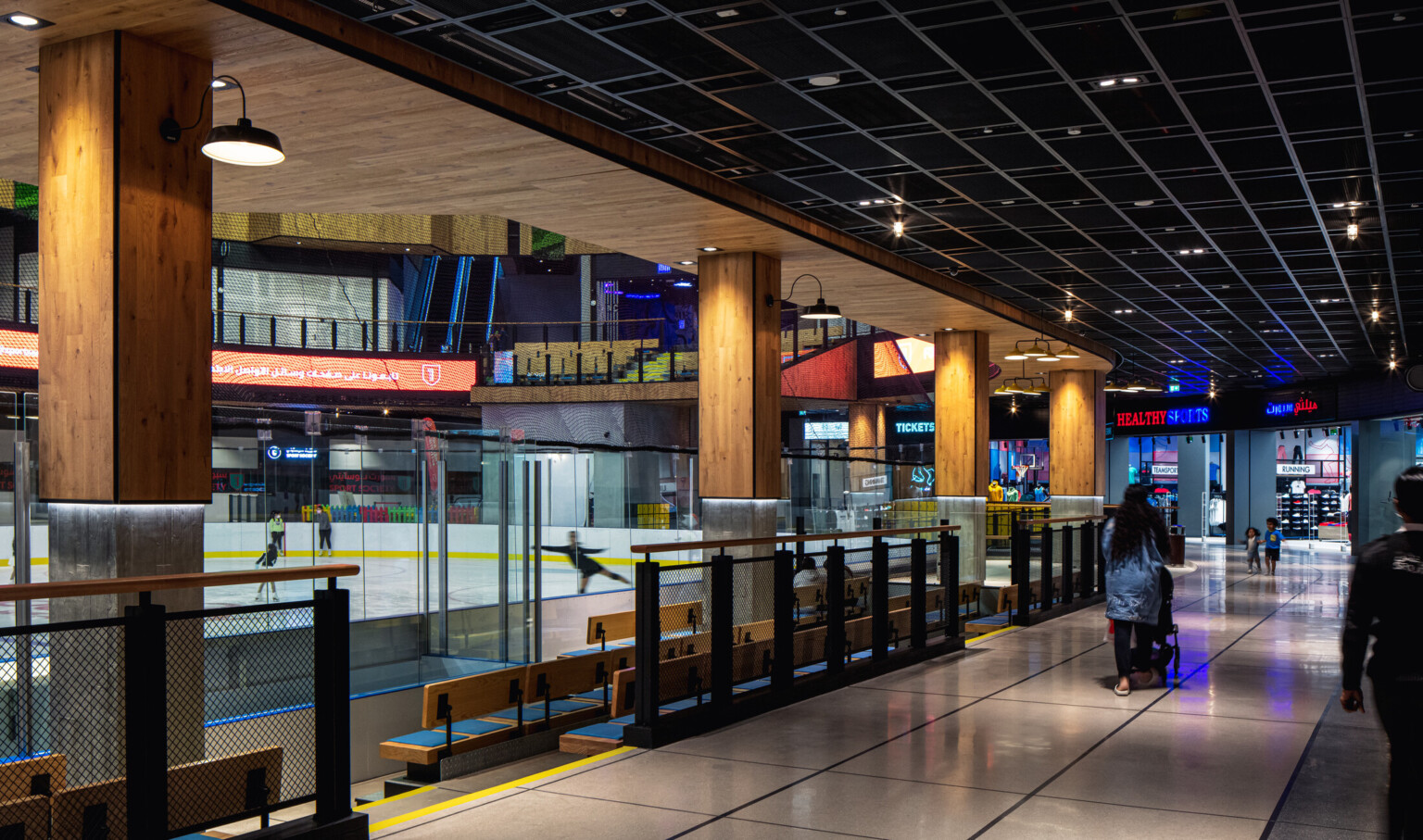
People-First Design: Shaping Lasting Experiences
In the best entertainment districts, every detail is an invitation. From the welcome at the entrance to the encore at the exit, these places feel effortless, safe, and open to all. Intuitive wayfinding, playful light, and carefully tuned acoustics invite people of every age and ability to stay a little longer and return often.
Human-centered design means thinking beyond aesthetics, where every threshold, path, and pause is crafted with empathy. Micro-moments of surprise or comfort within mixed-use developments – like a shaded bench, a flash of colorful public art, or a curated soundscape designed to mask city noise – become the stories people carry home.
When design is rooted in empathy, every visitor feels seen. At Sport Society, for example, the same venue hosts ice skating in winter, basketball tournaments in spring, and concerts in summer making it a stage for every kind of gathering. Spaces flex for solo explorers, families, and crowds, but always put clarity, safety, and comfort center stage.
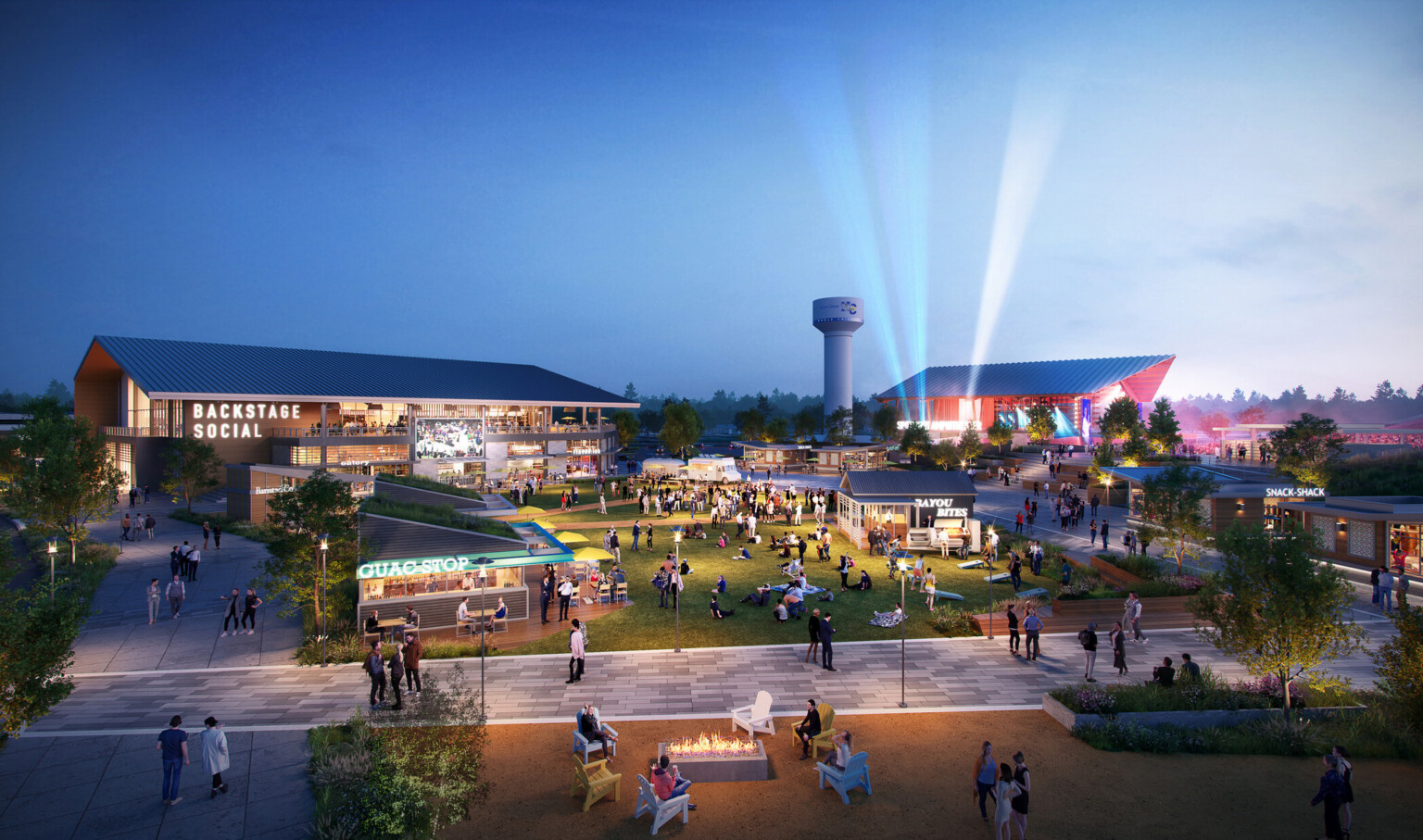
Rooted in Place: Alive with Local Energy
The cultural districts people cherish most are those that tell the neighborhood’s story. This commitment to local identity is more than an aesthetic choice. It’s where local art, flavors, and music become everyday anchors, not just attractions for visitors. Focusing on local identity is a crucial strategy to promote inclusive growth and prevent the cultural erasure that can accompany large-scale developments.
Taking an experience-driven approach, Valley Ranch Entertainment District in North Houston stitches together dining, retail, and gathering spaces, layered with the city’s urban energy and Texas warmth. An amphitheater, convention center, and lakeside trails come together to stage youth sports, music, and festivals, all powered by local spirit.
These places are designed to invite lingering, to turn a quick visit into an afternoon, and an afternoon into a ritual. Local loyalty and broad appeal grow side by side, rooted in the district’s authentic sense of place.
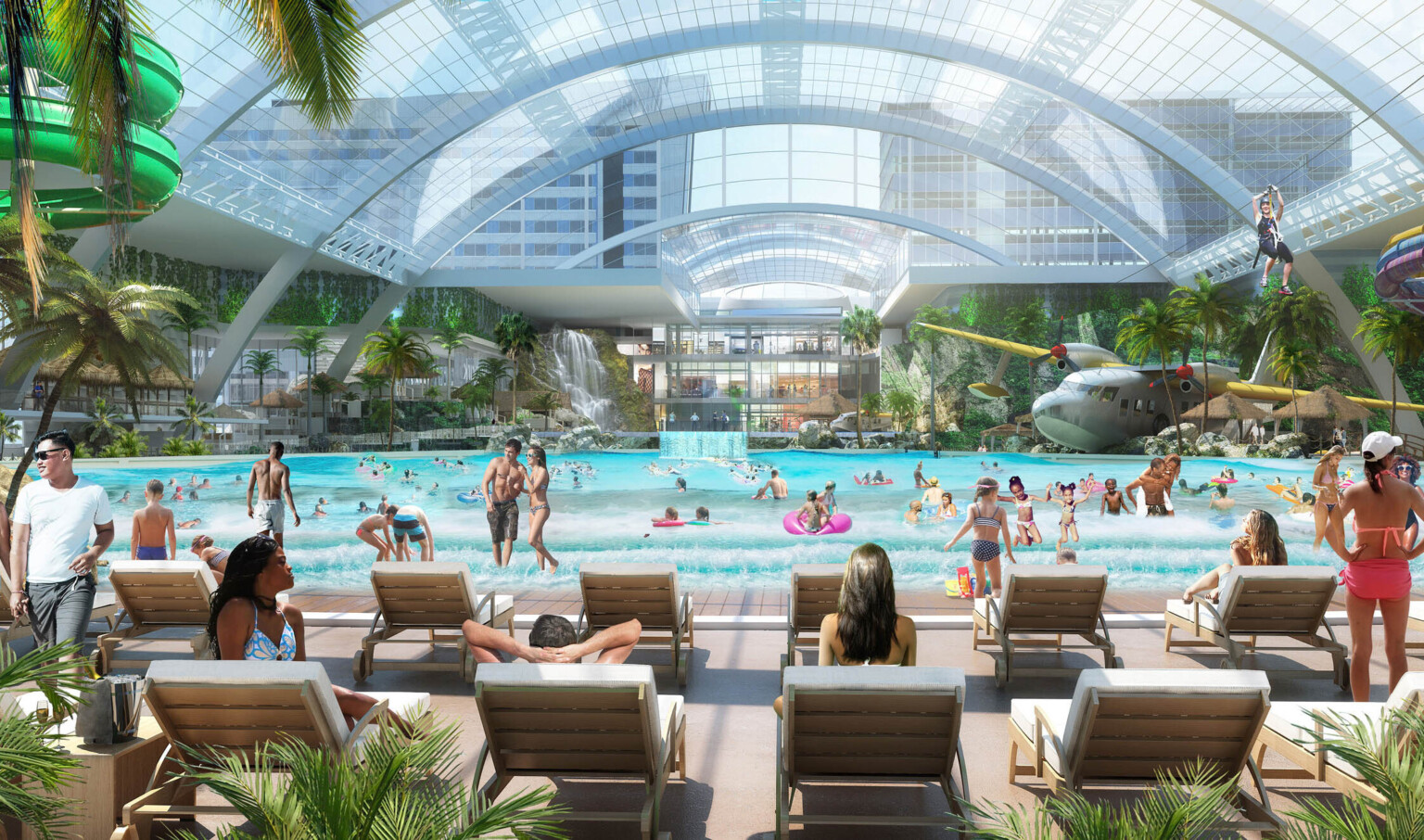
Flexible Spaces: Ready for What’s Next
What keeps a district vibrant isn’t just what’s built, but how it evolves. The most resilient districts are designed as flexible platforms, ready to adapt to new trends and technologies. Flexible design and smart infrastructure transform these spaces into stages for anything: a concert this weekend, esports or festivals the next. True resilience requires systems thinking, adapting not only architecturally, but also economically and operationally ready for everything from climate shifts to a change in local culture.
Today’s most engaging districts and mixed-use developments are defined by hybrid programming, where curated moments balance community character with commercial ambition. These programs include placemaking, retail-tainment, seasonal celebrations, and even digital overlays. Flexibility isn’t just about square footage. It’s about future-proofing the investment by creating a stage for endless possibility.
At the Mall of America, the proposed waterpark is a strategic layering of innovation over legacy. It’s a direct response to a market where consumers, especially younger generations, increasingly prioritize unique experiences over products, continually reinventing what a destination can be. Future-ready elements, like energy-efficient systems and immersive play, keep this global favorite fresh for every generation.
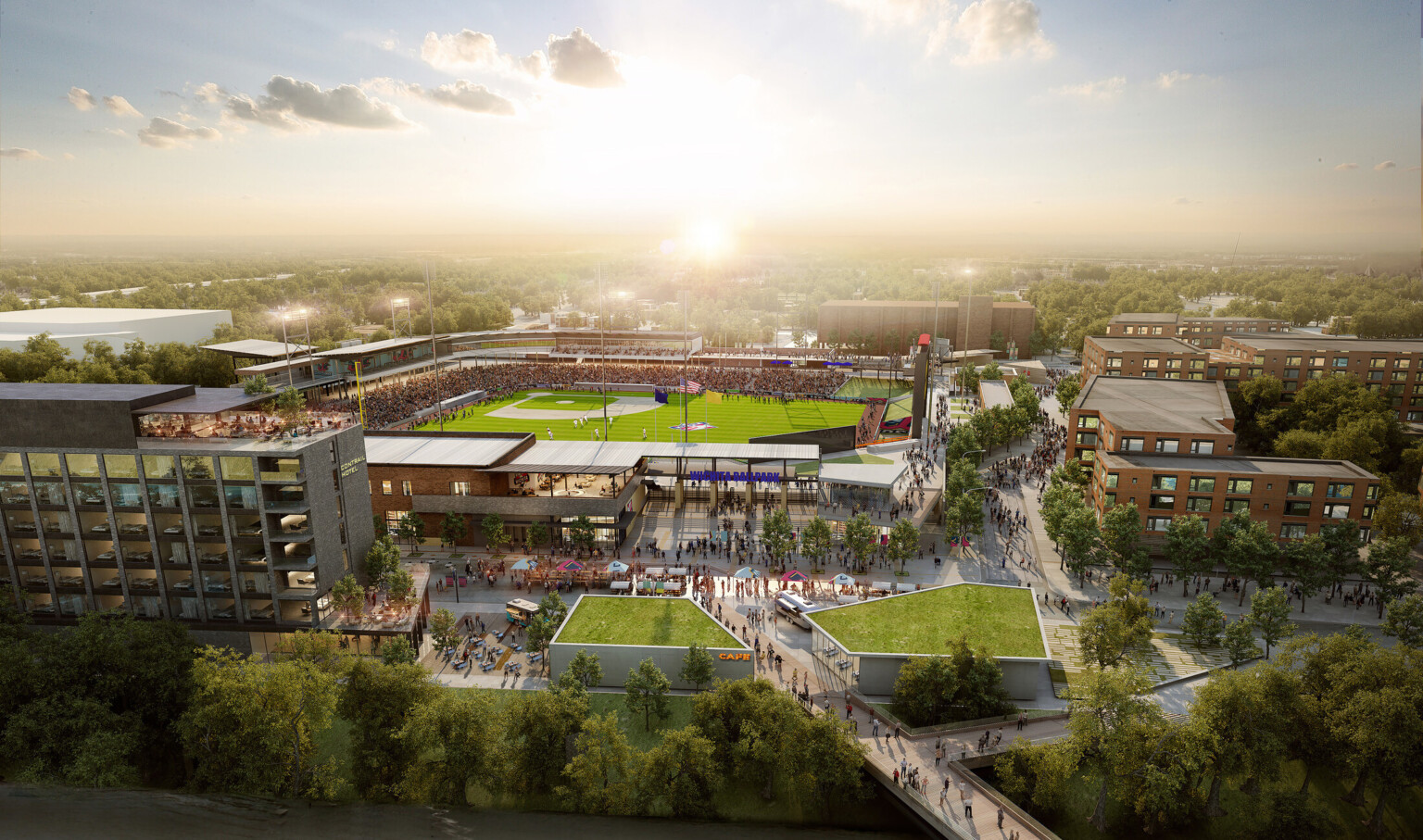
The Power of Play: Sports Fuel Connection and Growth
Sports are more than recreation. They’re the cultural glue that unites cities. From local leagues to championship games, sports anchor entertainment districts with contagious energy, shared rituals, and emotional ties that span generations.
Districts designed around sports and the “downtime” between games create all-day, all-year destinations. By integrating hospitality amenities, explorative trails, clear wayfinding, and walkable streets, we can turn every game day into a community ritual; one that extends well beyond the scoreboard.
Wichita Ballpark District, anchored by Equity Bank Park formerly Riverfront Stadium brings this spirit to life, transforming a single-use venue into a year-round economic anchor. By weaving the stadium into the Delano neighborhood with new housing, retail, and hospitality, the design creates a living, walkable ecosystem that drives sustained activity and value long after the final whistle.
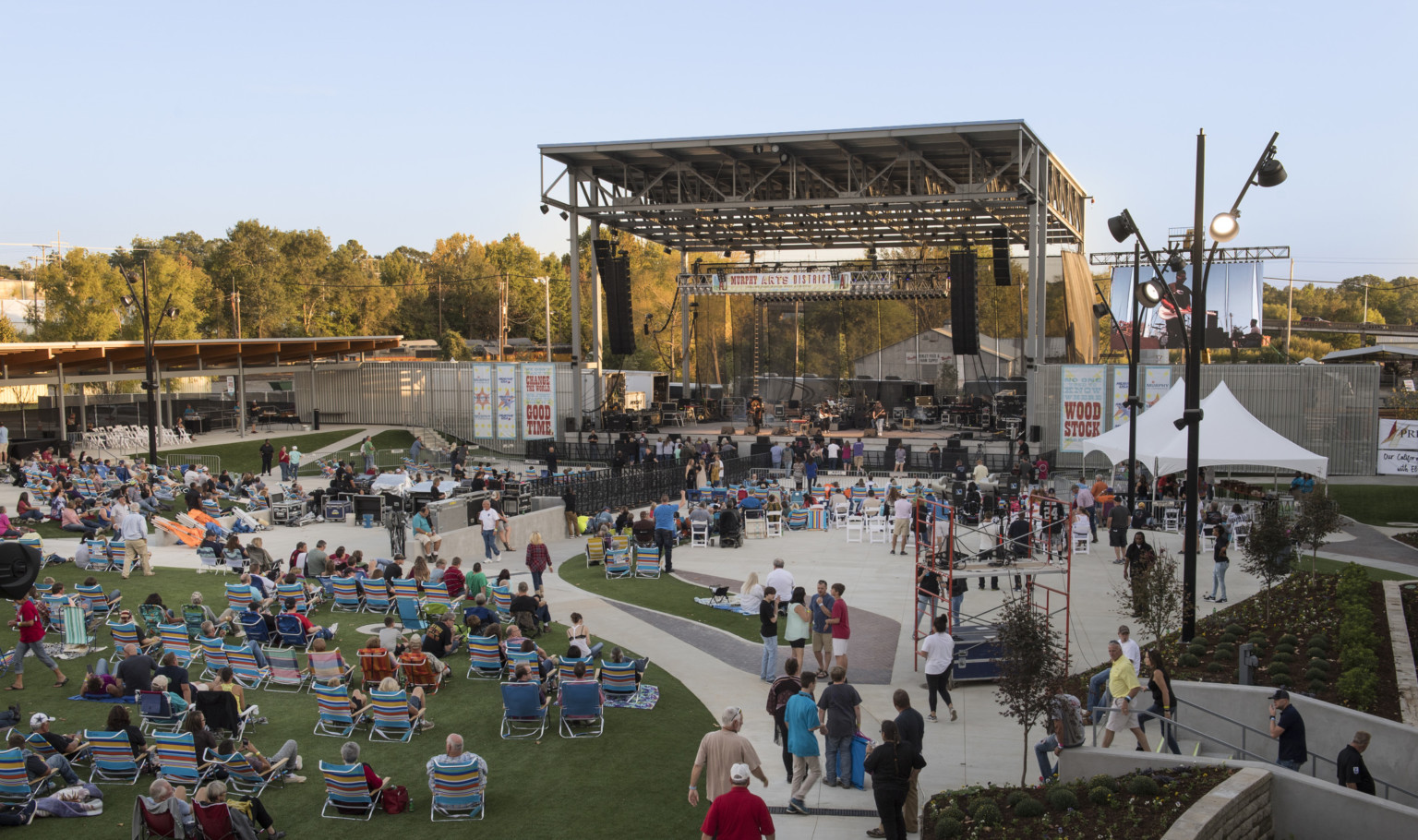
Cultural Anchors: Art and Culture Breathe New Life
Performance spaces and creative hubs are where a city’s identity blossoms. Integrated into downtown life, arts districts attract new ideas, spark economic vitality, and kindle civic pride, making cities feel alive. Arts-led anchors, like theaters, music halls, and public art, ignite engagement, attract talent, and often promote broader renewal. When the arts become part of a strategic urban vision, they amplify both social and economic value.
The Murphy Arts District in El Dorado, Arkansas, shows how adaptive reuse and new construction can transform a small-town downtown by blending historic buildings and new spaces to create a true cultural hotspot. Cleveland’s Playhouse Square demonstrates how the economic magic of restoring historic theaters can ignite citywide growth and civic pride.
When design meets intention, entertainment districts become more than destinations. They grow into engines of culture, connection, and economic opportunity. But this growth must be steered with care. Projects like Valley Ranch Entertainment District and Wichita Ballpark District signal what’s possible when a people-first approach actively guards against displacement, ensuring that new investment strengthens the existing social fabric rather than tearing it.
These places can double foot traffic, drive growth, and create jobs while weaving a stronger social fabric for communities. Beyond the numbers, the real value is social. Districts bring people together, strengthen shared identity, and reflect the soul of the cities they serve.
The entertainment districts of tomorrow are being shaped today. They will be judged not just on their vibrancy, but on their equity. To succeed, these places must be rooted in community, powered by inclusive innovation, and designed for everyone to thrive.
